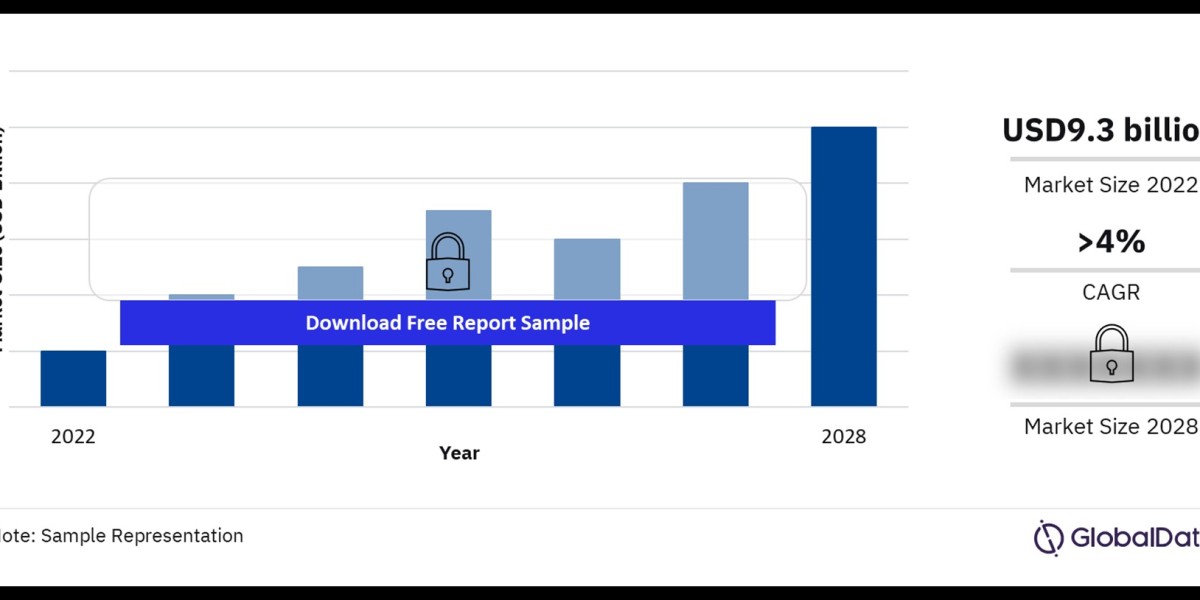The U.S. baby food market is a rapidly evolving sector, driven by changing consumer preferences, rising awareness about infant nutrition, and the growing demand for organic and natural products. As more parents focus on the health and well-being of their children, the baby food industry has seen significant innovation and diversification. In this article, well explore the current trends, market size, key players, and future opportunities within the U.S. baby food market.
1. Market Overview and Size
The U.S. baby food market is a multi-billion dollar industry and continues to grow steadily. In 2023, the market was valued at approximately $7 billion, with projections indicating it could exceed $9 billion by 2028. This growth is driven by various factors, including rising birth rates, increasing disposable incomes, and the expansion of e-commerce, making baby food products more accessible to consumers nationwide.
2. Key Trends in the U.S. Baby Food Market
Several key trends are shaping the baby food market in the U.S., driven by both consumer demand and advancements in food technology. These trends include:
a) Organic and Natural Products
Parents are becoming more conscious of the ingredients in their baby's diet, pushing brands to offer more organic and natural baby food options. Organic baby food, free from synthetic pesticides and fertilizers, has grown in popularity as parents prioritize clean eating for their children. Brands such as Earths Best Organic and Happy Family are leading the charge in this segment.
b) Plant-Based Baby Foods
The trend toward plant-based diets is extending into the baby food market as parents seek alternatives to traditional animal-based products. Plant-based baby foods are growing in popularity, offering rich sources of nutrients without relying on meat or dairy. Companies like Else Nutrition and Gerber are increasingly offering plant-based baby food products.
c) Convenience and Ready-to-Eat Products
Busy parents are looking for convenient yet healthy options for their children. Ready-to-eat baby food products that are nutritious and easy to serve have seen a surge in demand. Shelf-stable pouches and jars are popular for their portability and long shelf life, while frozen baby food options are also gaining traction.
d) Clean Label and Transparency
Consumers today are more informed than ever before and demand full transparency from brands. Clean label baby food products, which provide clear information about ingredients, sourcing, and production methods, are in high demand. Parents want to ensure theyre feeding their babies food free from additives, preservatives, and artificial ingredients.
3. Major Players in the U.S. Baby Food Market
The U.S. baby food market is dominated by both established companies and new entrants catering to niche demands. Major players include:
- Gerber: One of the oldest and most trusted baby food brands in the U.S., Gerber offers a wide range of products, from cereals to purees and snacks.
- Beech-Nut: Known for its commitment to natural and organic products, Beech-Nut has become a household name for health-conscious parents.
- Plum Organics: A pioneer in organic baby food, Plum Organics focuses on providing wholesome, innovative meals for babies.
- Happy Family Organics: A leader in the organic space, offering a variety of nutrient-dense baby food products with an emphasis on sustainability.
- Else Nutrition: A newer player focusing on plant-based, non-dairy baby food products.
4. Distribution Channels and the Role of E-commerce
With the growing demand for convenience, e-commerce has become a vital channel for the baby food market. Parents increasingly prefer ordering baby food products online, taking advantage of subscription services, home delivery, and greater access to niche brands. Major online retailers like Amazon and Walmart have seen a significant increase in baby food sales, while dedicated platforms like Thrive Market cater specifically to health-conscious parents looking for organic and natural products.
Retail stores, including supermarkets, hypermarkets, and specialty stores, remain key distribution channels for baby food. However, e-commerce is rapidly gaining market share, offering parents a convenient way to research, compare, and purchase baby food products.
5. Challenges Facing the U.S. Baby Food Market
While the market is growing, it faces several challenges:
- Safety Concerns: Recent reports about heavy metals in some baby food products have raised safety concerns, leading to increased scrutiny and stricter regulations. Parents are seeking out brands that provide third-party testing and certification to ensure the safety and quality of the food.
- Pricing Pressures: Organic and natural baby food products often come at a premium price, which may limit their accessibility to all consumers. Brands need to strike a balance between offering high-quality, nutritious products and maintaining affordability.
- Competitive Landscape: The market is highly competitive, with both large multinational companies and smaller, innovative brands vying for market share. Differentiation through product innovation and marketing will be key for success.
6. Future Prospects and Opportunities
Looking ahead, the U.S. baby food market presents significant opportunities for growth and innovation. Key areas of focus include:
- Functional Baby Foods: Baby food products that offer additional health benefits, such as enhanced immunity or digestive support, are likely to gain popularity as parents seek to provide targeted nutrition for their children.
- Sustainability: As environmental awareness grows, brands that adopt sustainable packaging, ethical sourcing, and eco-friendly practices will stand out to consumers who prioritize sustainability.
- Personalized Nutrition: Advances in technology may lead to personalized baby food options, where products are tailored to meet the specific nutritional needs of individual infants.
Buy the Full Report for the US Baby Food Market Revenue,Download PDF Sample








